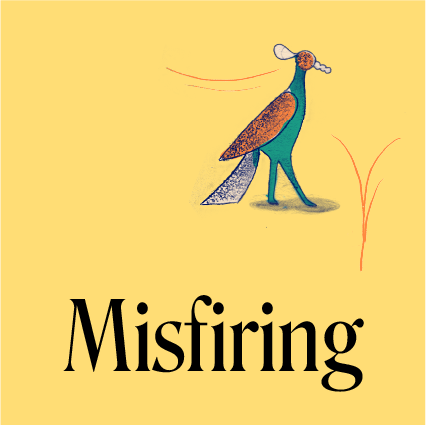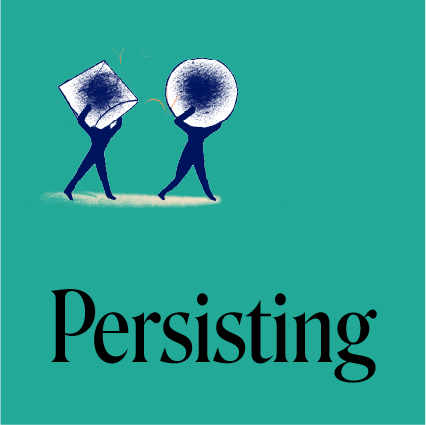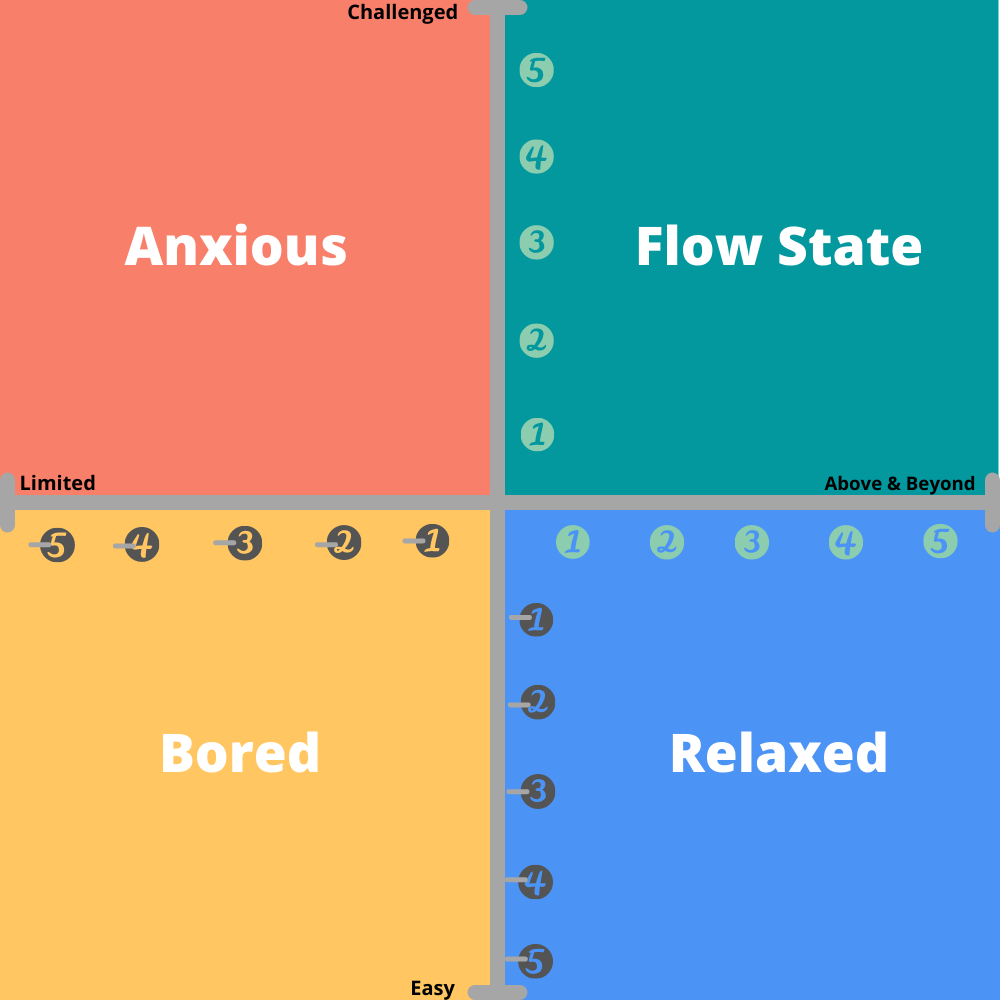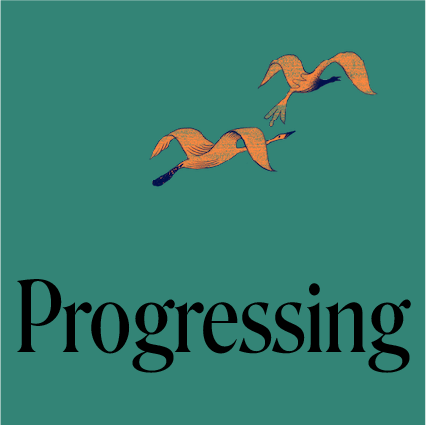Performance Snapshot: How Whereby Uses Research and User Testing to Develop a Functional Tool for Managers
At Whereby, our product teams use continuous research and discovery to shape and build amazing products. Our people team uses a similar approach, relying on tools and processes to build products for our team of Wherebyrds to use.
Here we’ll share the user research process behind our latest project: a performance snapshot. We took on this project to help the entire team find clarity and direction in their role. The performance snapshot is a tool our managers use to quickly identify how their direct reports are operating at any given time.

I’ll break it down here in the hopes your team finds value in it too!
Step 1: Research and Discovery

Every quarter, the people team takes on an ‘epic’ project to improve internal processes, communications, and experiences for our organization. We start our projects with research and discovery, using the People As Product methodology set out by our COO, Jessica Hayes, that focuses on delivering process-driven work with useful outcomes.
To develop the performance snapshot, our research approach was based on Erika Hall's book, Just Enough Research, coupled with excellent advice from our internal user researchers at Whereby. We reviewed literature on different theories of work, including Herzberg's Two Factor Theory covering motivators and demotivators of work, and researched how performance reviews are carried out in other organizations.
We aimed to answer the question: What are the current performance levels of the teams at Whereby?
Step 2: Getting Stakeholder Buy In and Establishing Feedback Loops

It was important that this tool resonated with and met the needs of our managers. In order to ensure that every person had a say in the formation of this product, we shared the goals and outcomes early and beta tested it with a few managers that were passionate about performance before deciding what the snapshot would look like.
It’s important to mention, you do not need to be a researcher in order to apply research principles to your work. Continuous feedback can be incredibly helpful and easy to implement, and can provide a lot of diverse perspectives.
Finding the best way to get feedback from managers depends on your team and how fast your company operates. Each organization works differently, so how you solicit feedback will depend on communication practices and cadences at your company. As the organization grows, it’s important to experiment with different ways that work for your managers.
For this project, we initially tried using a Slack group to encourage managers to provide feedback early and often. We learned an important lesson: Nobody needs another Slack channel. However, we found it was helpful to send calendar reminders to review work and to do it more than once. Allowing folks to give asynchronous feedback enabled them to contribute at their own pace. We gathered their thoughts in a single document, allowing others to see the feedback that had already been given.
Step 3: Iterating and User Testing

The first iteration of the snapshot was based on Flow Theory, which generally states that a person is happiest and most involved in their work when a high level of skill is met with a high level of challenge.

Based on several feedback conversations with the people team and some excellent insight from the aforementioned directors, we were able to create a version that was testable with the broader Whereby team.
At this point, we brought on a Communications Designer, the wonderfully talented Michelle Walsh. The first part of the process – that took us through iterations one through four – were focused on the representation of the snapshot.
We thought of questions like:
Is this about growth potential?
Is it about capacity?
Is this about how someone might be feeling in their role?
Is it about flow state?
One piece of feedback that really helped shift our thinking from how someone might feel and the emphasis on level of challenge compared to capacity for growth was from our Director of Engineering:
“Definitely a useful tool. But challenge can be viewed in two different ways – challenge in keeping up with the expectations of your job, or challenges because you’re growing. Aside from performance (which is straightforward), I think the Management Information we’d expect to see is not about how challenged everyone is (that’s personal preference / circumstantial) but how many people are experiencing effective, deliberate growth.”
Step 4: Filling in the Details and Getting (More!) Feedback

Once we were able to narrow in on expectations from our managers, we needed to match the outcomes with our team. Did our team expect their potential for growth and challenge to be intertwined? And if that were true, is it valuable to provide both pieces of information (potential for growth and challenge) in this snapshot?
As Erika Hall mentions often, some research and data is better than no research. We asked our team to participate in a simple user testing interview:
What do you enjoy the most about your role?
What do you enjoy the least about your role?
What do you imagine for your future at Whereby?
How do you think about your role responsibilities?
How do you know if you are meeting, below or above expectations?
What are your motivations (if any) to exceed expectations?
When do you expect to ‘progress’?
Do you have ‘what’s next’ conversations often with your manager?
Do you feel adequately challenged by your role?
Would you say your desire for growth is related to how challenged you feel?
Step 5: Refining Usability

In our final set of tests, we asked two of our managers who had not been involved in the process up until this point to use the tool with their team. They were able to approach it with a fresh set of eyes and a fresh perspective. We asked questions like:
Think of three of your direct reports...
Can you easily place them on the grid?
Why is each person placed in each category?
In our detailed grid, (A Closer Look), is the numbered rating system easier to use?
We saved all previous iterations to keep track of the team’s input and to share a final FAQ for future newcomers to learn how we created the product.
With the multiple rounds of rigorous feedback we incorporated various perspectives and learned more about what works for our teams. The performance snapshot will be a key part of our performance review process and align all teams with the same measure of performance moving forward. With everyone using the same axis, managers can quickly assess how their team is performing at any given time. The leadership team can collaborate and share resources more effectively, and all team members get a clearer picture of role expectations.



